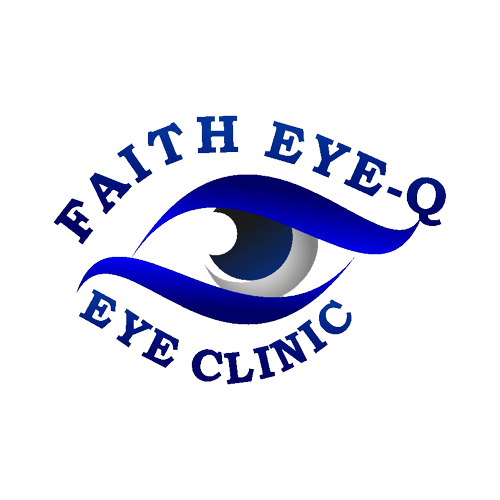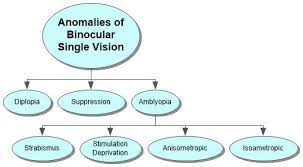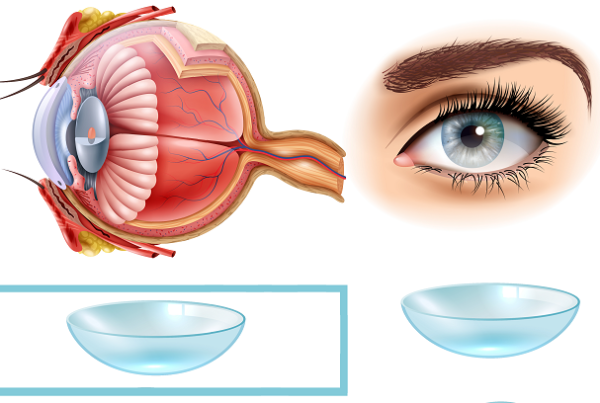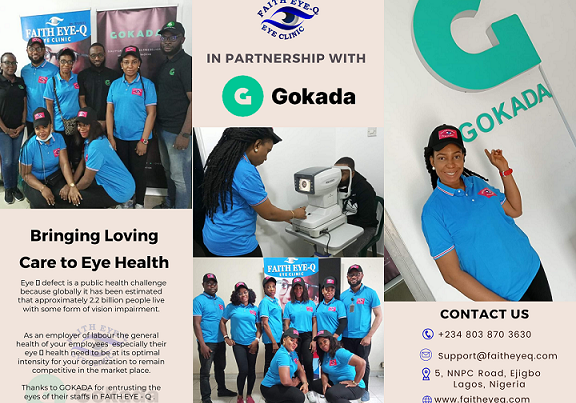There is a wide range of vision problems that have nothing to do with refractive errors like nearsightedness, farsightedness, and astigmatism.
These problems tend to go massively undiagnosed, leading to all kinds of difficulties.
Symptoms of an Undiagnosed Vision Problem
Crossed eyes and lazy eyes are pretty easy to spot, but quite a few symptoms of vision problems are less obvious.
This is particularly true in children because kids often don’t know how to explain what they’re experiencing, and adults they interact with may assume the problem is merely behavioural rather than the result of poor eyesight.
Symptoms like difficulty concentrating, problems with reading comprehension, a short attention span (particularly for close-up work), or frequent headaches.
Other include neck strain, dizziness, double vision, poor depth perception, and frequent blinking and eye rubbing are all potential signs of an underlying vision problem that needs treatment.
It’s no accident that so many of those symptoms resemble symptoms of learning disabilities.
The ability of our eyes to work as a team is crucial for so many vision-related tasks.
The distance between our eyes means that each one generates a slightly different image of what’s in front of us.
When we combine the two images, we get a 3D picture that tells us how far away things are in relation to each other and us. This is called binocular vision.
Poor binocular vision can happen as a result of a number of conditions.
Strabismus: an eye that turns inward or outward.
Amblyopia: also called “lazy eye,” and often the result of strabismus or a severe refractive error in one eye. The brain begins to favor the visual input from one eye over the other, causing the latter to lose acuity.
Convergence Insufficiency: the eyes have trouble turning inward to focus on closer objects.
Convergence Excess: the eyes turn inward too much to focus on closer objects.
Divergence Insufficiency: the eyes remain turned inward when attempting to focus on far away objects.
Divergence Excess: the eyes turn outward too much when attempting to focus on far away objects.
Vertical Heterophoria: the eyes are misaligned in the vertical direction, causing them to strain to produce a coherent image together.
Most forms of binocular vision dysfunction, if diagnosed, can be treated with visual therapy or corrected with special glasses. In some cases, surgery may be the best option.
Eye Exams Are Critical
There is no substitute for a comprehensive eye exam with an optometrist.
If you or your child are experiencing the symptoms listed above, it’s a good idea to schedule an eye exam and see if it’s one of these lesser known vision problems.




